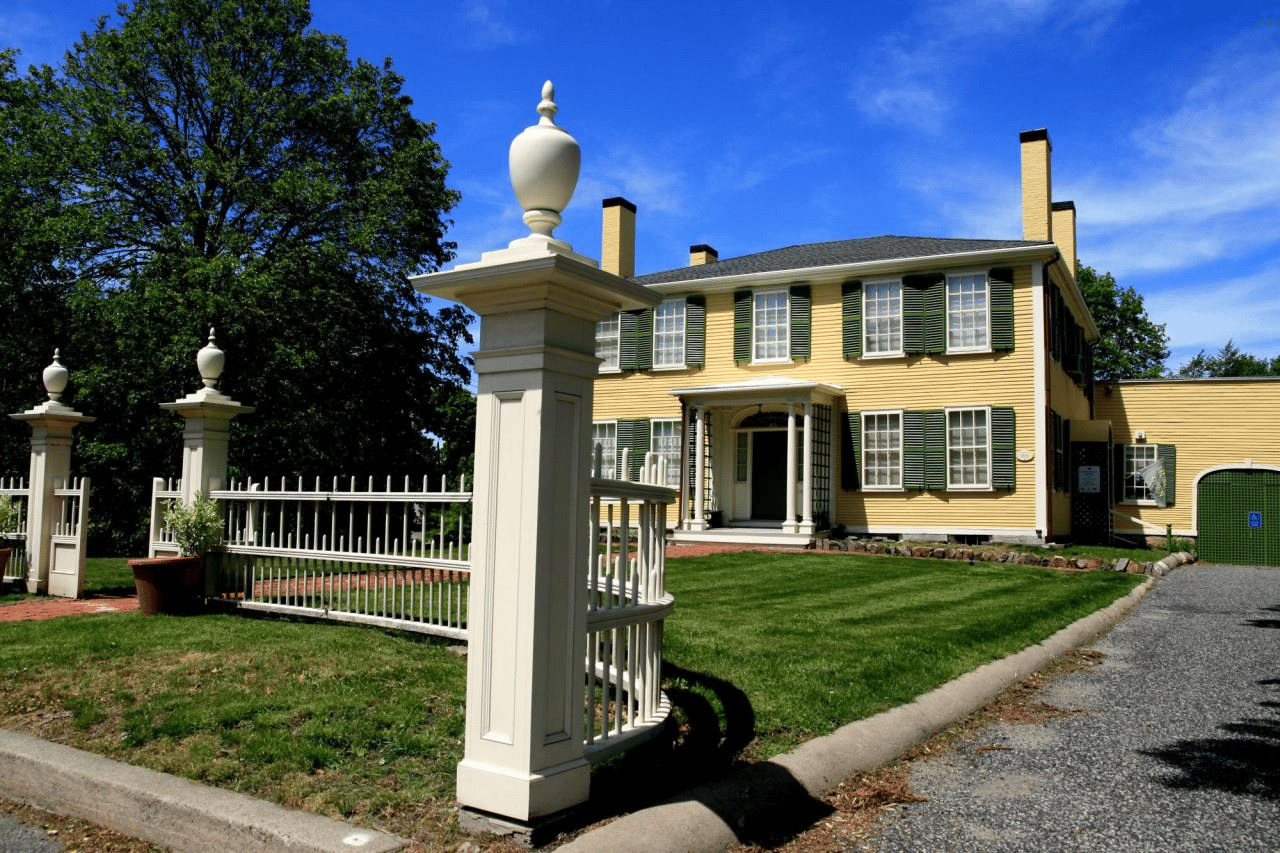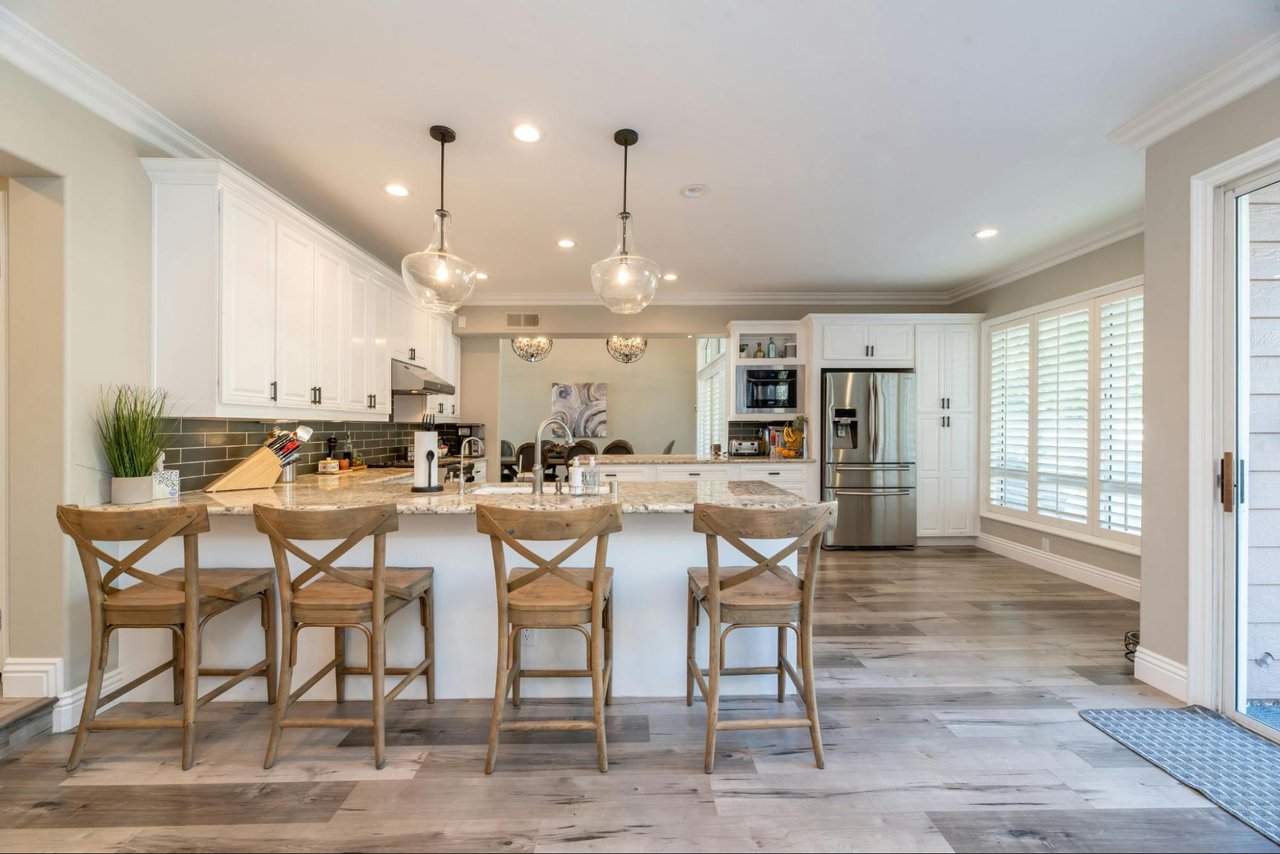Newton, Massachusetts, is a city renowned for its picturesque neighborhoods, historic charm, and diverse architectural styles. Often referred to as the "Garden City," Newton offers a unique blend of suburban tranquility and urban sophistication, making it a sought-after destination for homebuyers and history enthusiasts alike. The city’s architectural landmarks reflect its rich history and evolving character, offering a glimpse into the past while continuing to shape its identity today. Here’s a closer look at some of Newton’s most notable architectural landmarks.
The Jackson Homestead and Museum
One of Newton’s most significant historical sites is the Jackson Homestead, a classic example of Federal-style architecture. Built in 1809 by Timothy Jackson, this elegant house was once a stop on the Underground Railroad, providing shelter for escaped slaves seeking freedom in the North. Today, the Jackson Homestead serves as a museum operated by Historic Newton, showcasing exhibits on local history, the abolitionist movement, and the Jackson family’s legacy.
The house features many original architectural elements, including its symmetrical design, brick exterior, and central doorway flanked by sidelights and topped with a decorative fanlight. Visitors to the museum can explore period rooms furnished to reflect early 19th-century life, offering a window into Newton’s role in significant historical events. The Jackson Homestead not only preserves an important chapter in American history but also stands as a testament to the enduring elegance of Federal-style architecture.
The Newton City Hall and War Memorial
An iconic symbol of Newton, the Newton City Hall and War Memorial is a masterpiece of Classical Revival architecture. Designed by the architectural firm Coolidge, Shepley, Bulfinch & Abbott, the building was completed in 1932 and is listed on the National Register of Historic Places. The design of City Hall draws inspiration from ancient Greek and Roman architecture, featuring grand columns, a pedimented entrance, and a symmetrical façade that exudes timeless grandeur.
The War Memorial, located within City Hall, honors Newton’s veterans and serves as a solemn reminder of the sacrifices made by those who served in the military. The interior of the building is equally impressive, with marble floors, intricate moldings, and a soaring rotunda that reflects the architectural sophistication of the era. City Hall is not only the administrative heart of Newton but also a cultural landmark that continues to inspire admiration for its architectural beauty.
The Durant-Kenrick House and Grounds
The Durant-Kenrick House, another historic gem in Newton, offers a fascinating glimpse into early American architecture and landscape design. Built in 1734, the house is a rare example of Colonial Georgian architecture, characterized by its symmetrical façade, steeply pitched roof, and central chimney. The property was originally owned by Edward Durant, one of Newton’s earliest settlers, and later became the home of the Kenrick family, who were prominent horticulturists.
Today, the Durant-Kenrick House operates as a museum, with exhibits that explore the social, agricultural, and political history of Newton. The museum also features beautiful gardens and grounds that reflect the Kenrick family’s contributions to horticulture, including the introduction of new plant species to the region. The Durant-Kenrick House stands as a testament to Newton’s agricultural heritage and the enduring appeal of Colonial architecture.
The Boston Marathon’s Heartbreak Hill
While not a building in the traditional sense, Heartbreak Hill is an iconic landmark in Newton with significant cultural and historical importance. Located along Commonwealth Avenue, this challenging incline is a defining feature of the Boston Marathon, which passes through Newton every year. Heartbreak Hill is the final and most difficult of the four hills along the marathon route, testing the endurance of runners just before they enter the final stretch of the race.
The area surrounding Heartbreak Hill is lined with stately homes and historic estates, many of which date back to the late 19th and early 20th centuries. These homes showcase a variety of architectural styles, including Victorian, Colonial Revival, and Tudor, reflecting the affluence and architectural diversity of Newton’s past. The presence of Heartbreak Hill within Newton adds to the city’s identity, intertwining its residential charm with a world-renowned sporting event.
The Echo Bridge
Echo Bridge, spanning the Charles River between Newton and Needham, is a marvel of 19th-century engineering and a beloved architectural landmark. Completed in 1877 as part of the Sudbury Aqueduct, the bridge was designed to carry water from the Sudbury River to Boston, ensuring a reliable supply for the city’s growing population. The bridge is notable for its graceful arches and towering height, standing 70 feet above the river below.
Echo Bridge is named for the remarkable acoustics created by its arches, which produce a clear echo when sounds are made from specific spots beneath the bridge. Today, the bridge is part of the Hemlock Gorge Reservation, a popular recreational area where visitors can enjoy walking trails, scenic views, and the unique experience of hearing their voices echoed across the water. Echo Bridge remains a symbol of Newton’s historical commitment to innovation and infrastructure, blending natural beauty with architectural excellence.
The Crystal Lake Historic District
The Crystal Lake Historic District is a picturesque neighborhood in Newton that exemplifies the city’s architectural diversity and residential charm. Centered around the tranquil waters of Crystal Lake, the district features a collection of well-preserved homes dating from the late 19th to early 20th centuries. The architectural styles represented in the district include Queen Anne, Shingle, and Colonial Revival, each contributing to the area’s distinctive character.Crystal Lake itself is a popular destination for swimming, boating, and picnicking, making it a cherished part of the Newton community. The historic district surrounding the lake offers a serene setting with tree-lined streets, lush gardens, and stunning views of the water. Walking through the Crystal Lake Historic District provides a glimpse into Newton’s past while highlighting the city’s ongoing commitment to preserving its architectural heritage.
Discover Newton’s Architectural Treasures
Newton, Massachusetts, is a city where history and architecture come together to create a unique and captivating environment. From the Federal-style elegance of the Jackson Homestead to the engineering marvel of Echo Bridge, Newton’s architectural landmarks offer something for everyone, whether you’re a history buff, an architecture enthusiast, or simply someone who appreciates the beauty of well-preserved buildings.If you’re interested in learning more about Newton’s architectural heritage or exploring real estate opportunities in this historic city, Brenda van der Merwe is here to help. With deep knowledge of the local market and a passion for Newton’s unique character, Brenda can guide you in finding the perfect home or investment. Contact Brenda van der Merwe today to start your journey in Newton, MA, and discover the architectural treasures that make this city truly special.




